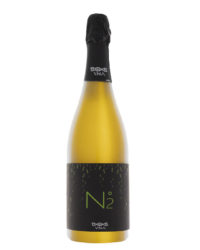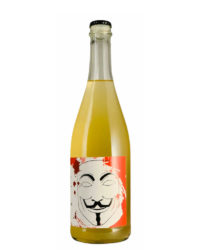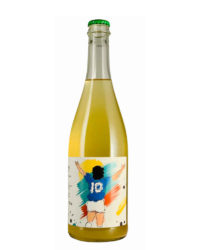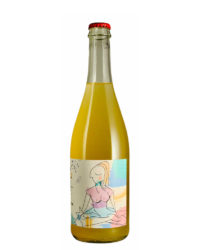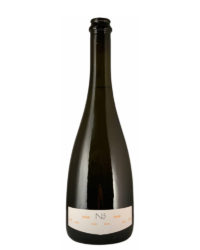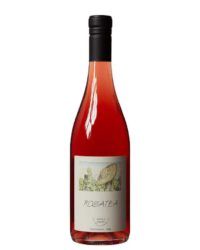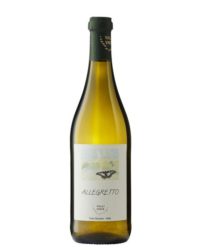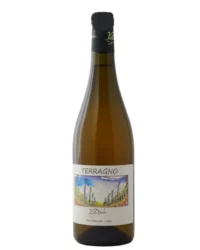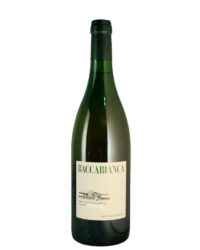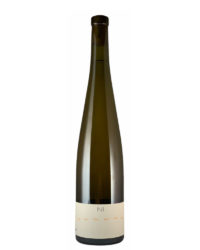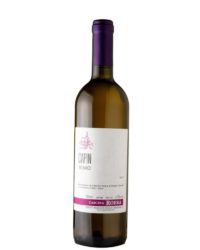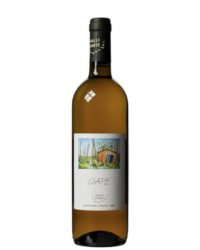Cortese: A Native Gem of Northern Italy
The Cortese grape, cultivated for centuries between Piedmont and Liguria, represents one of Italy’s heroic viticultural excellences. Born to withstand cool climates and poor soils, it now finds new life in natural, organic and biodynamic farming productions that enhance its aromatic purity.
History and Terroir of Cortese
First records of Cortese date back to 17th century in the Monferrato Alessandrino area. This white-berried variety takes its name from the Sforza court where it was prized for its versatility. Modern organic cultivations preserve:
- Historic terraces on clay-limestone soils
- Biodiversity of native clones
- Natural balance of vineyard ecosystems
Unique Features of Naturally Grown Cortese
Organic and biodynamic certified vineyards enhance Cortese’s unique characteristics:
Sensory Profile
- Floral notes of acacia and broom
- Citrus aromas with mineral finish
- Vibrant acidity and elegant structure
Natural Winemaking Techniques
- Spontaneous fermentation with indigenous yeasts
- Aging in terracotta amphorae
- Zero added sulfites
Gourmet Pairings with Organic Cortese Wines
Cortese wines from regenerative agriculture perfectly complement:
- Adriatic seafood crudo
- Herb-infused risottos
- Young goat cheeses
- Ligurian pesto specialties
For optimal sensory experience, serve at 10-12°C in wide tulip glasses.
Production Zones and Denominations
Cortese shines in these bio-certified denominations:
- Gavi DOCG (Cortese di Gavi)
- Colli Tortonesi DOC
- Monferrato Casalese DOC
Biodynamic producers are rediscovering old clones in marginal areas between Langhe and Ligurian Apennines.
Why Choose Natural Cortese?
- Authentic expression of gypsum-rich terroirs
- Lower environmental impact (-40% CO2 vs conventional)
- Higher concentration of antioxidant polyphenols
Natural winemakers use horsetail and chamomile infusions to strengthen plants’ natural defenses.
Discover Our Selection of Organic Cortese

